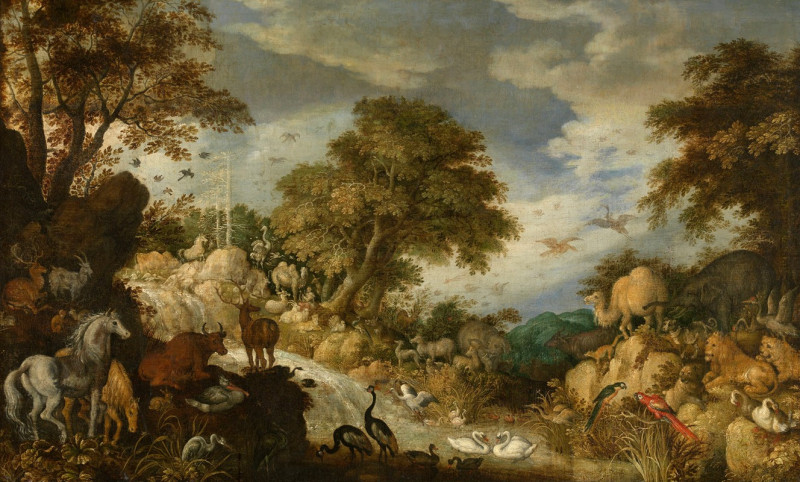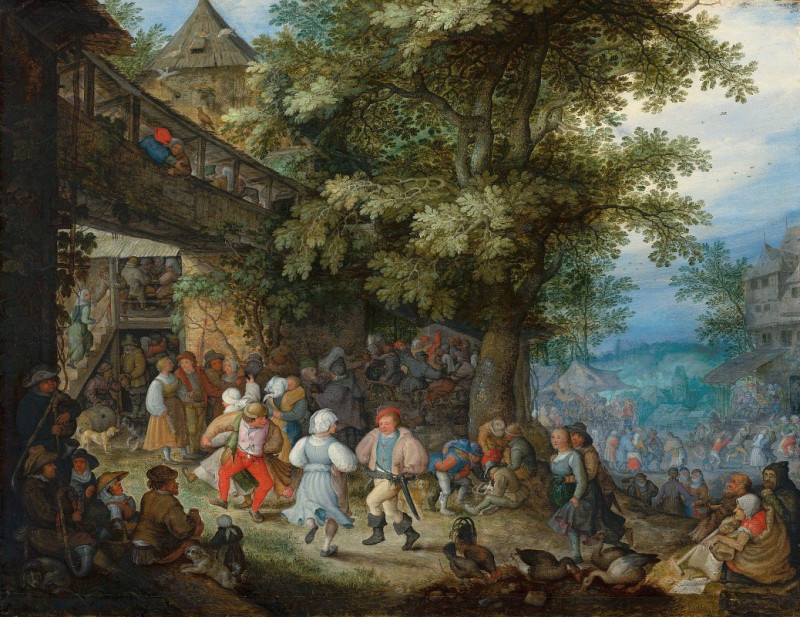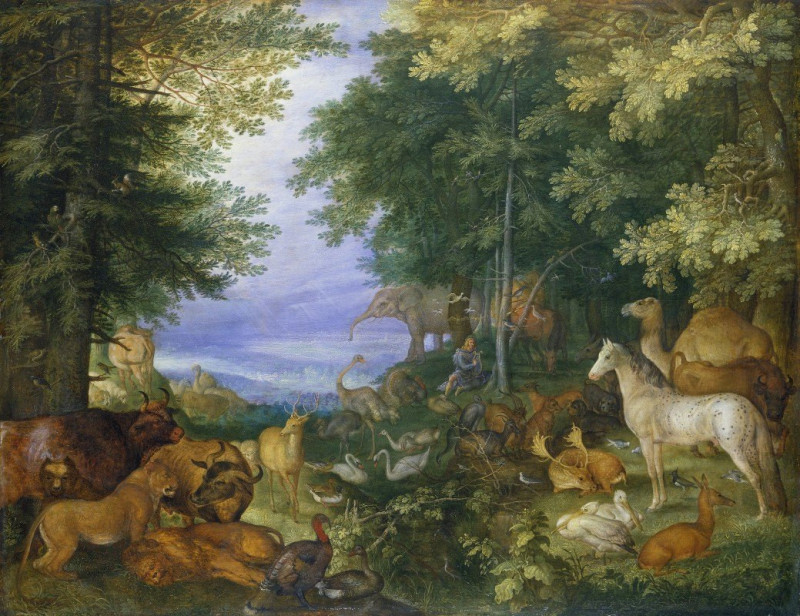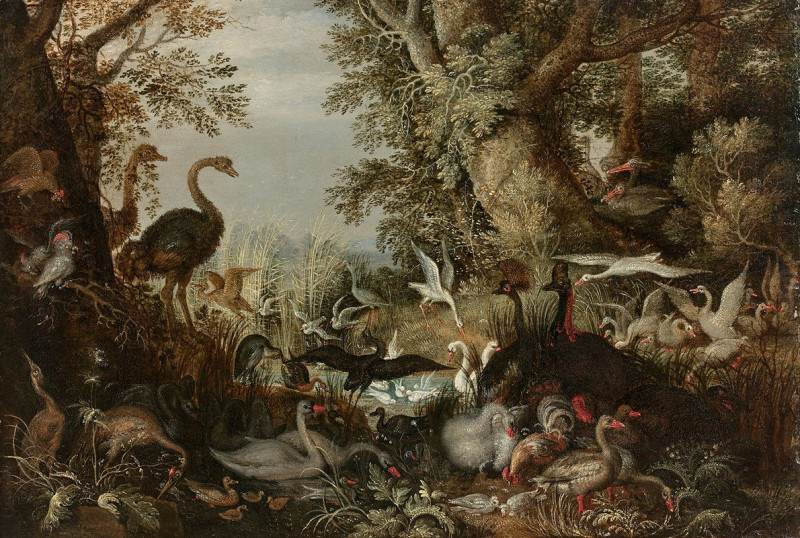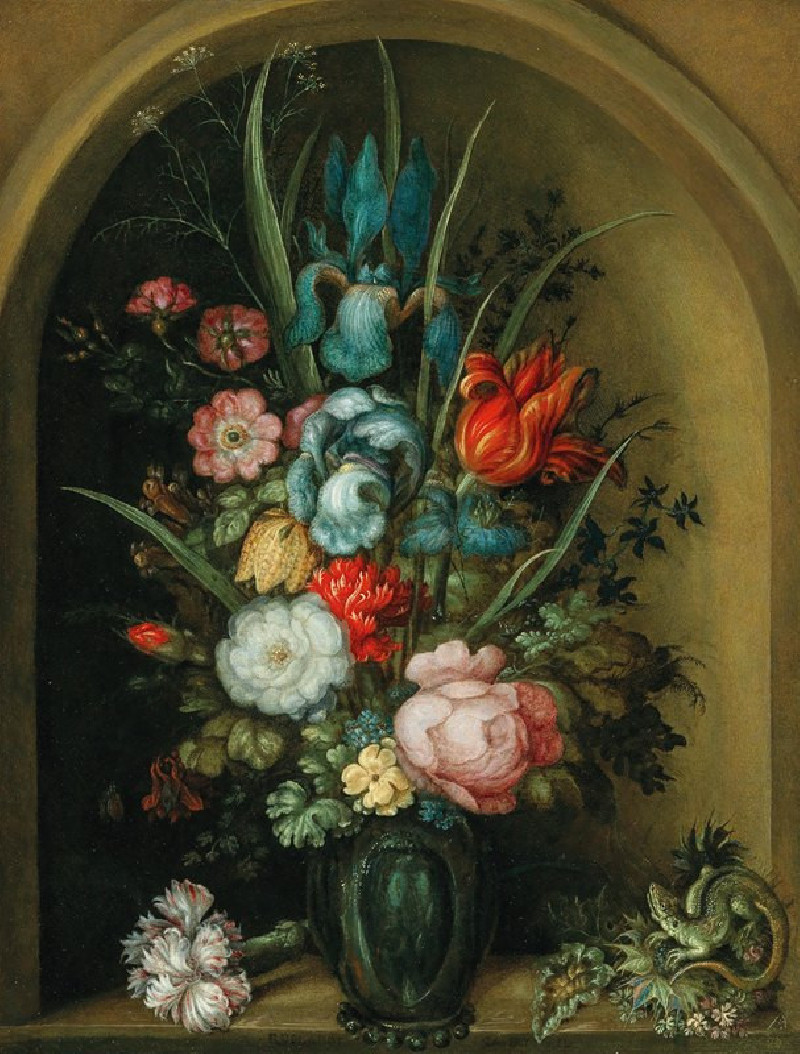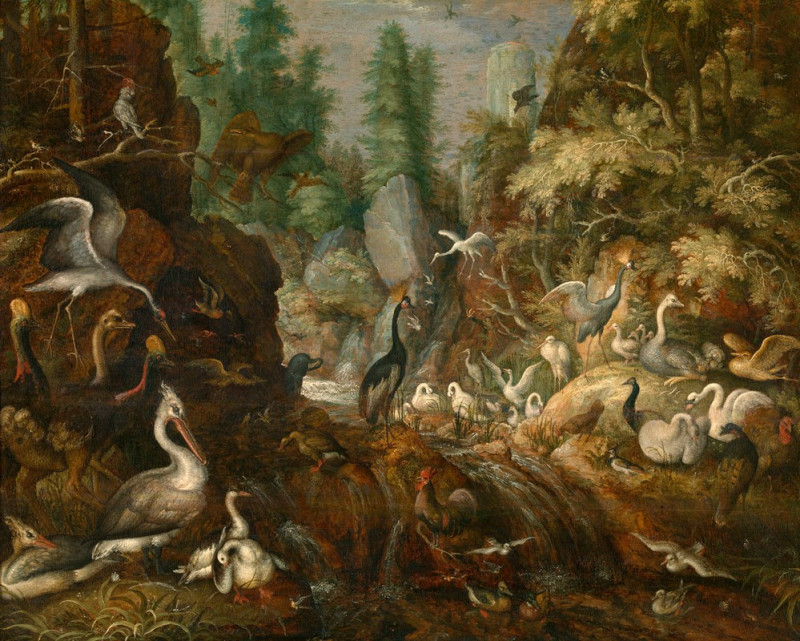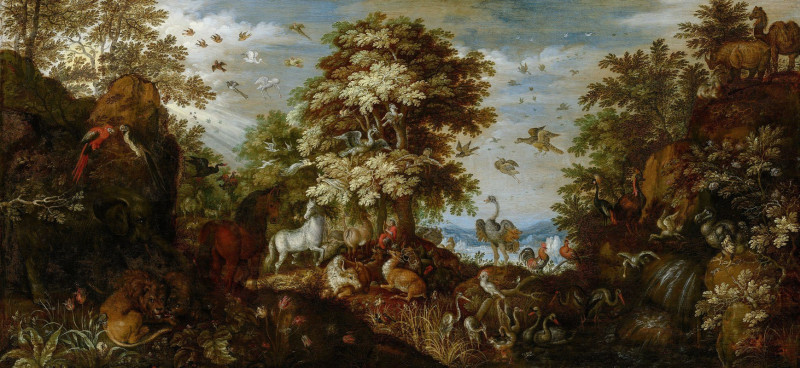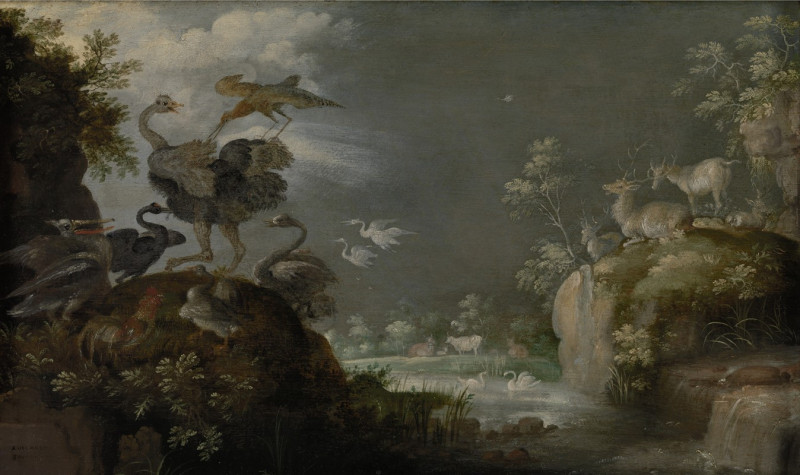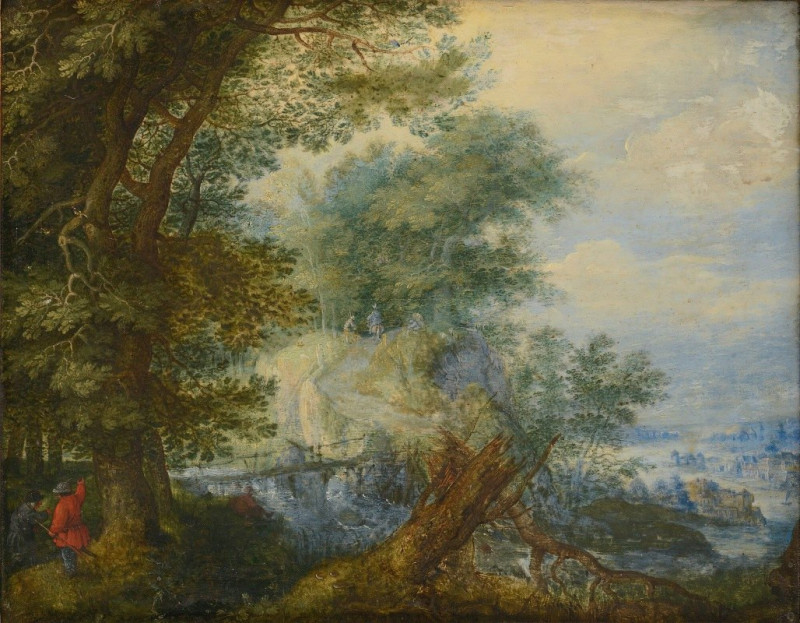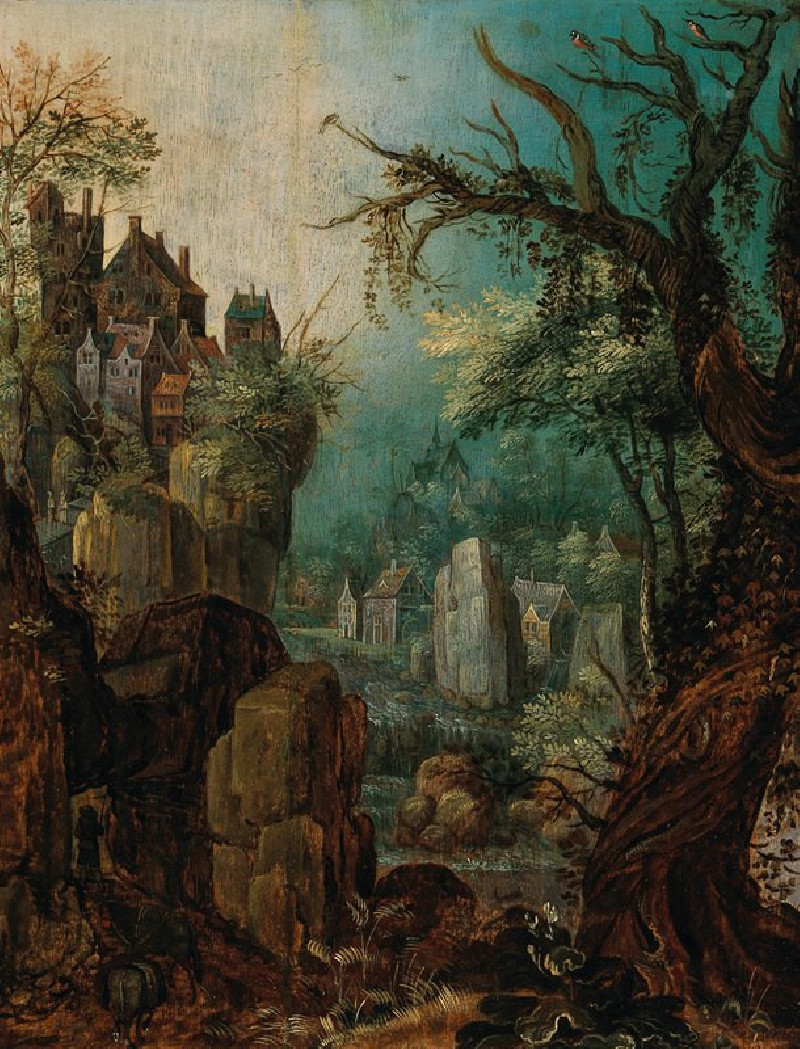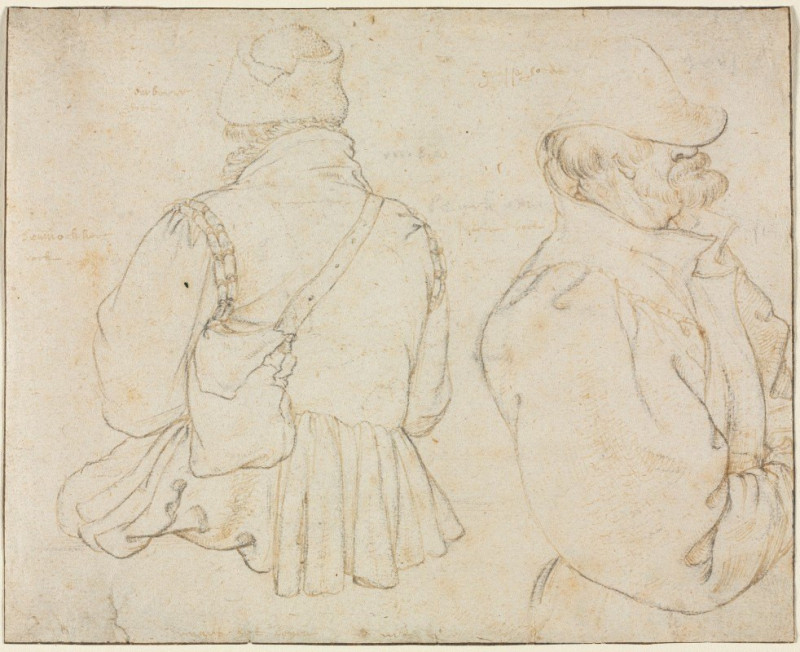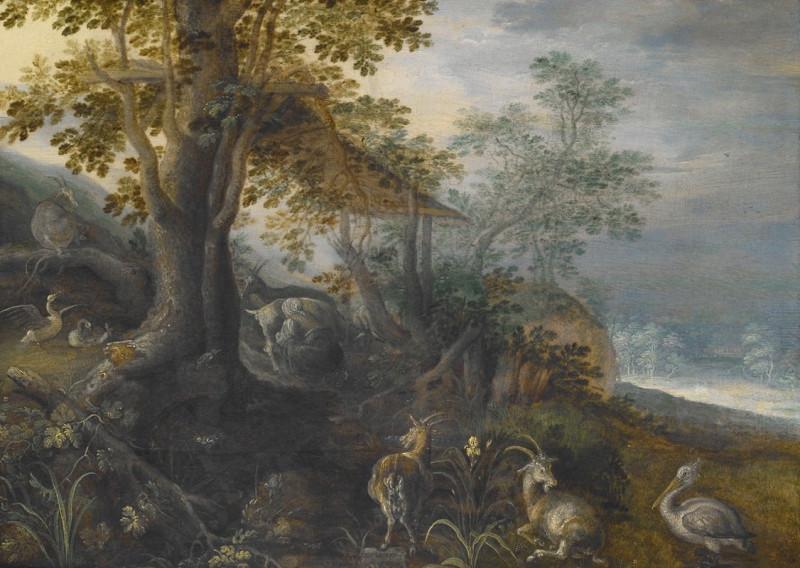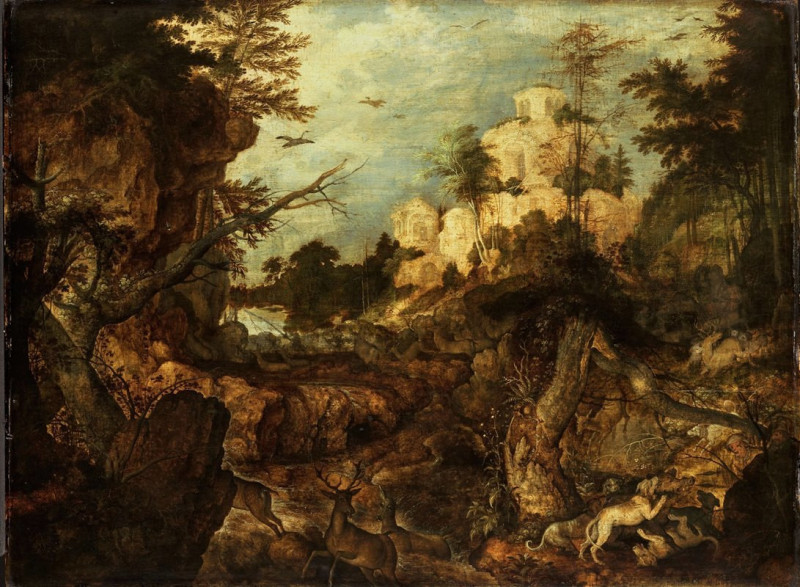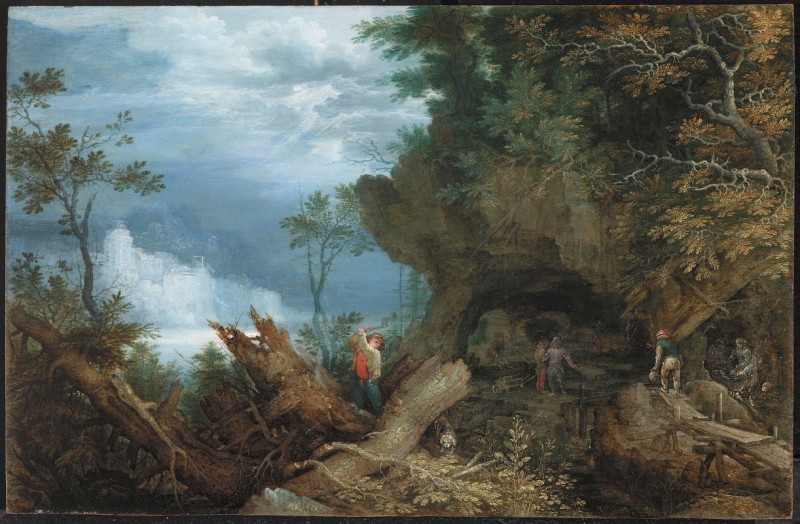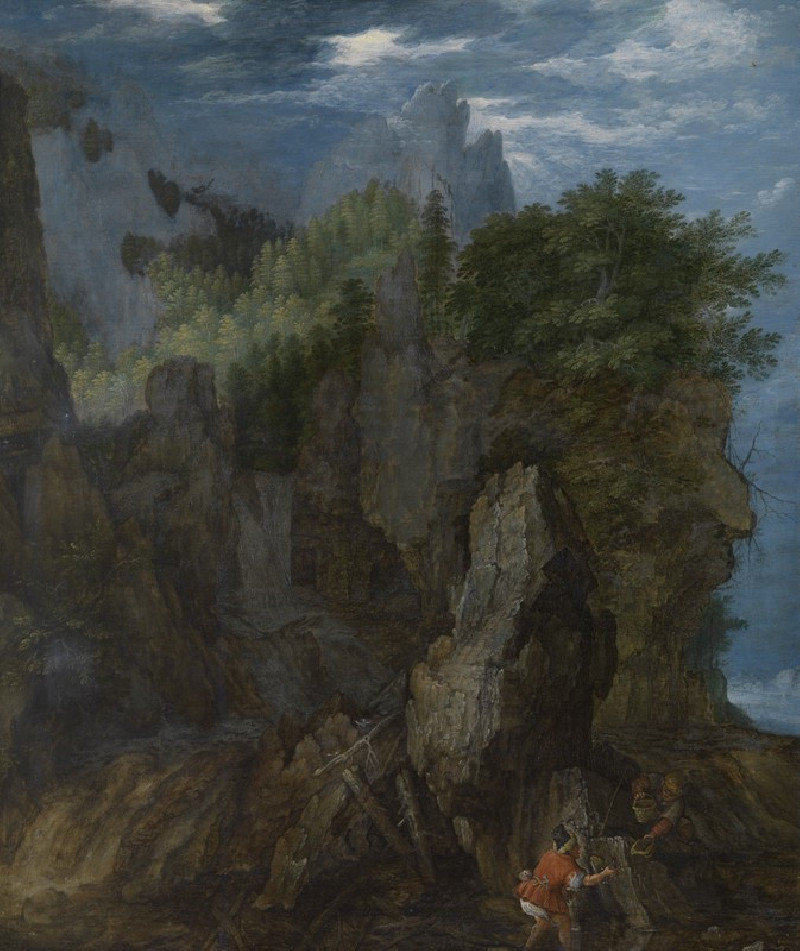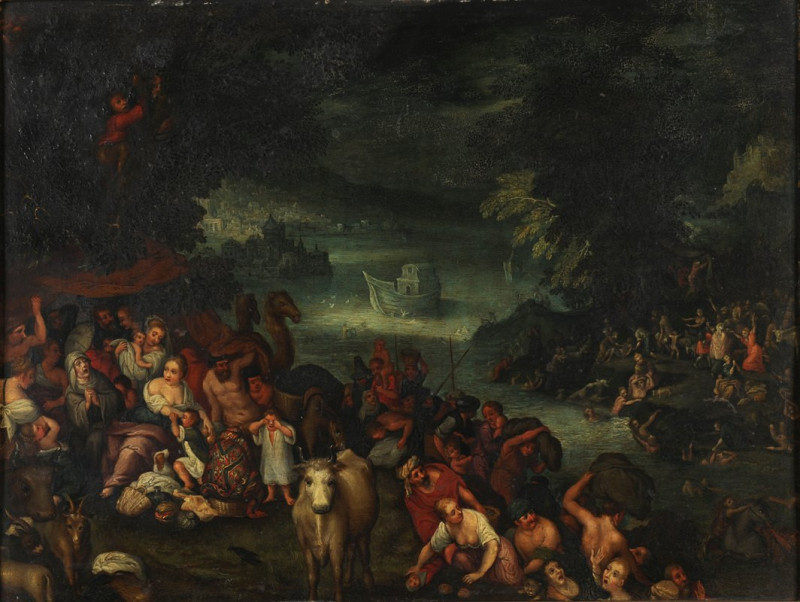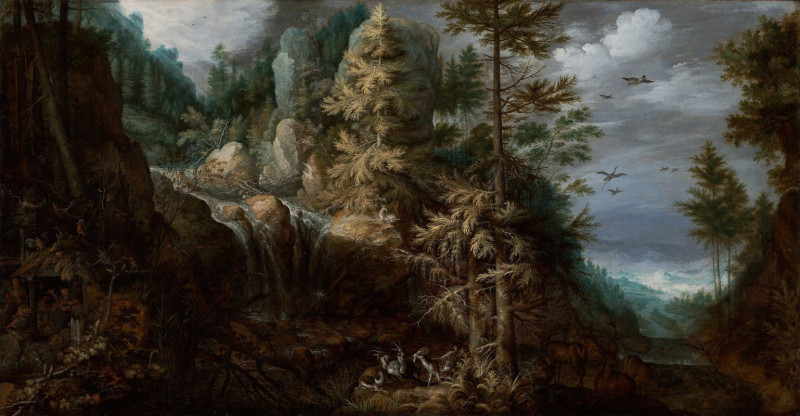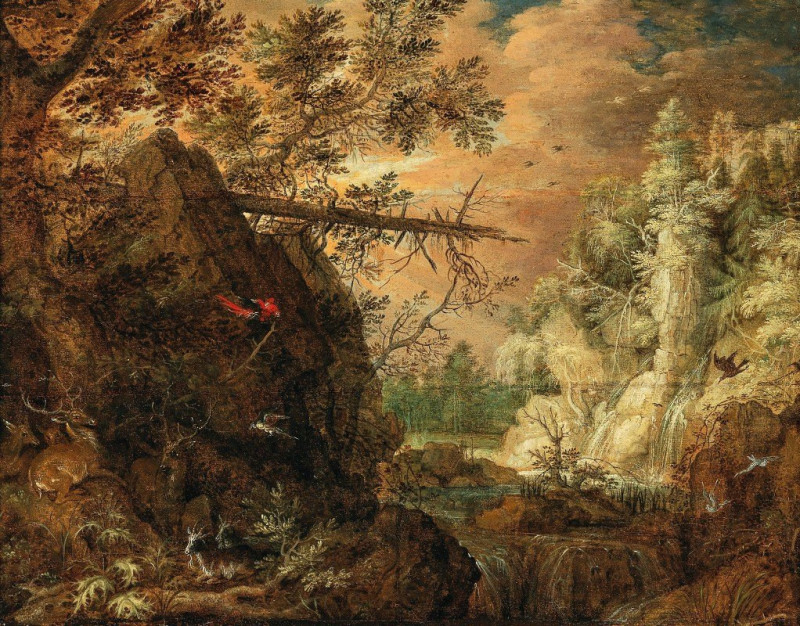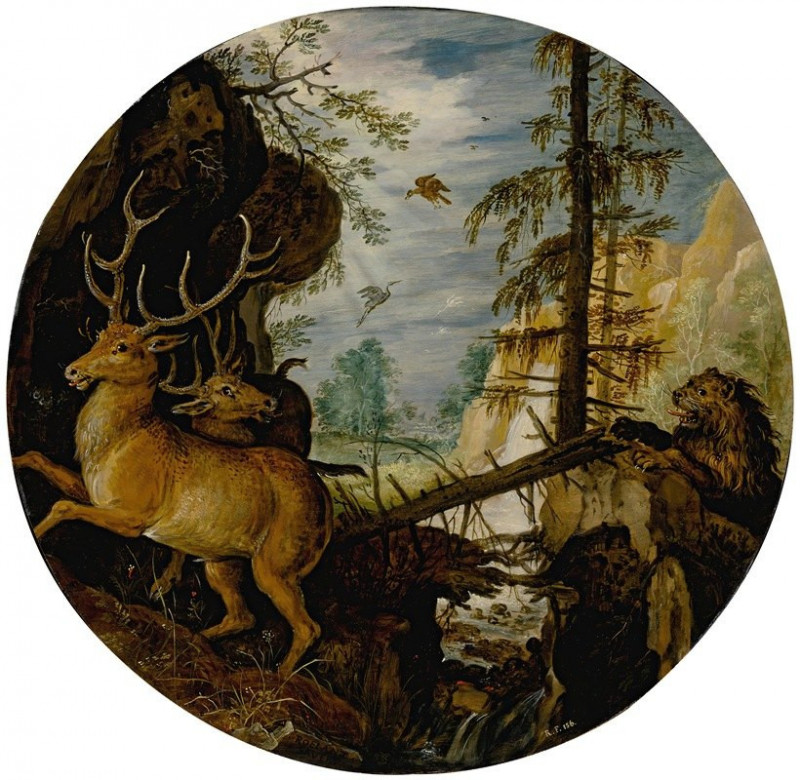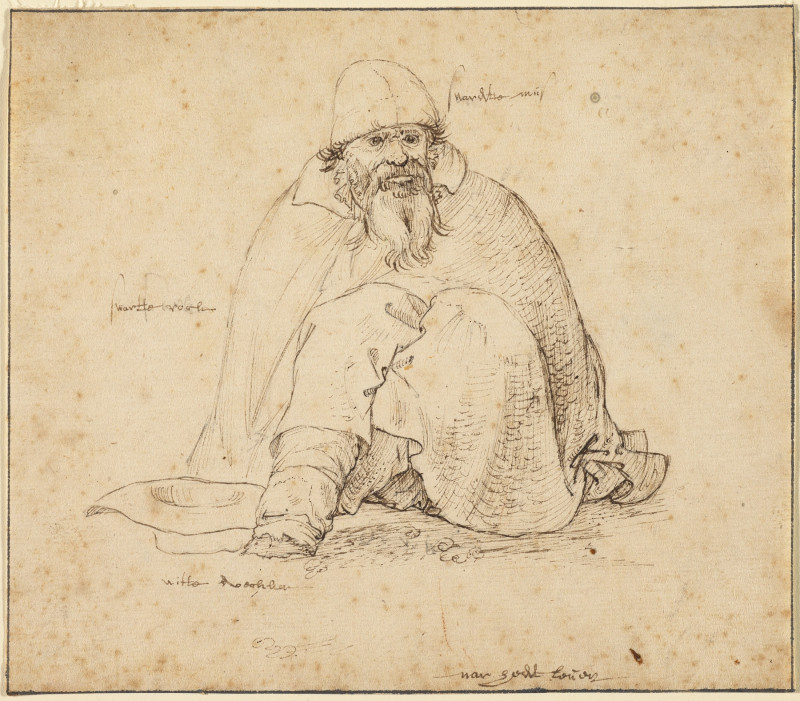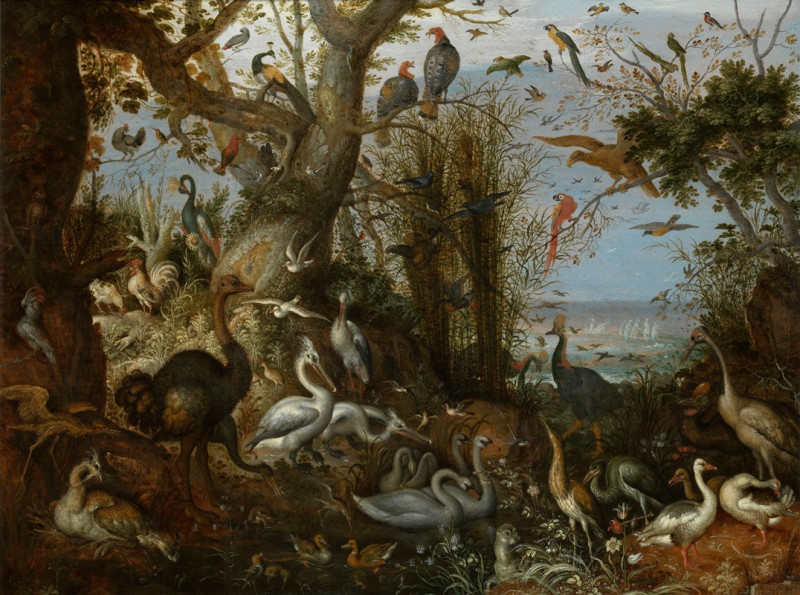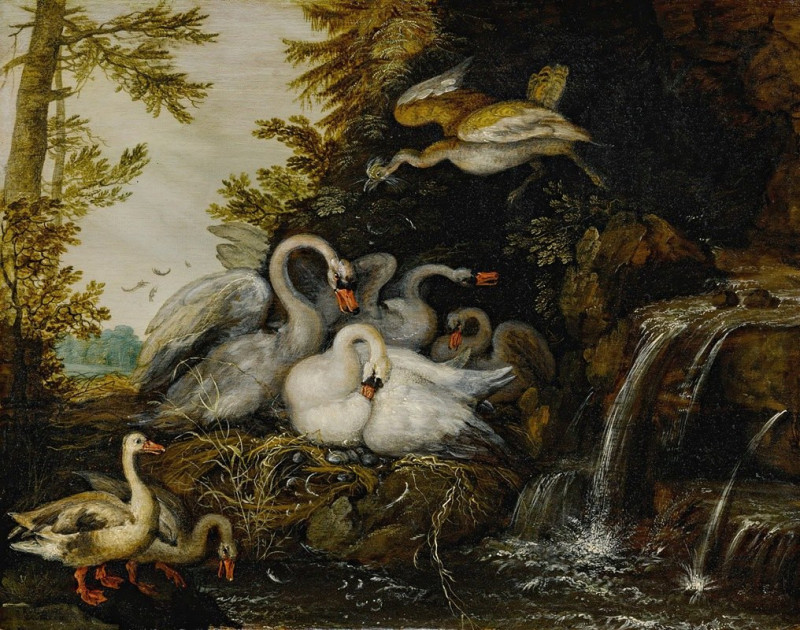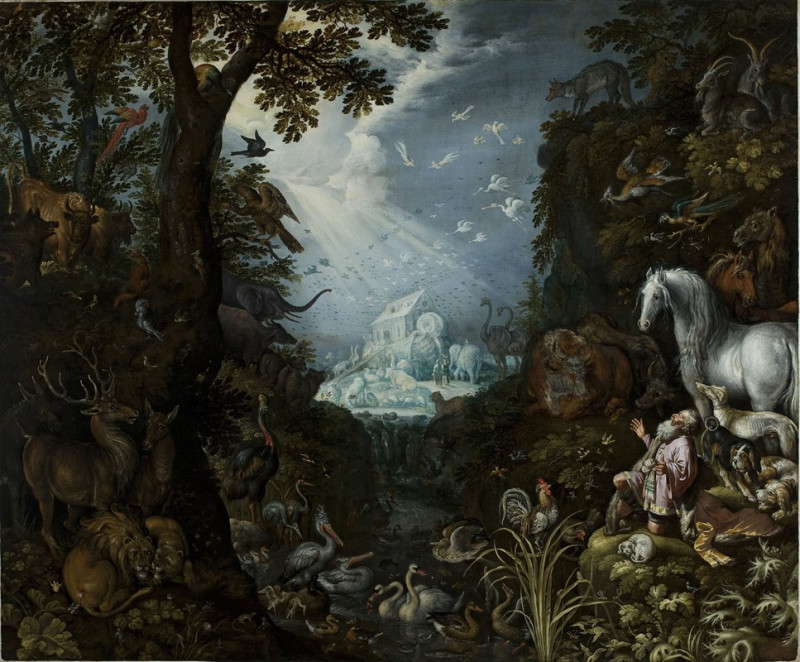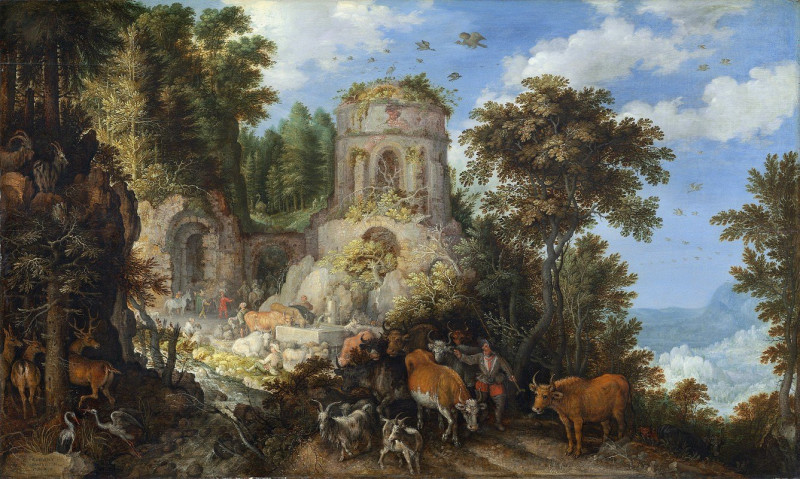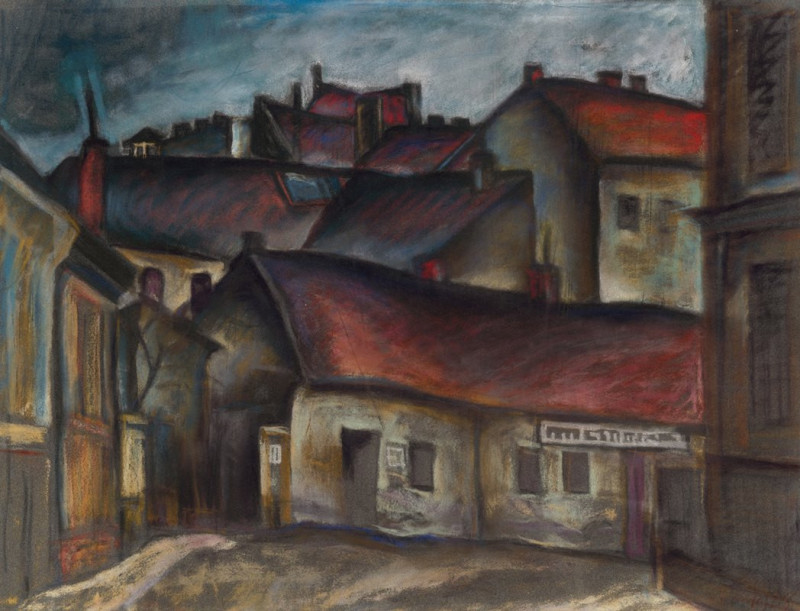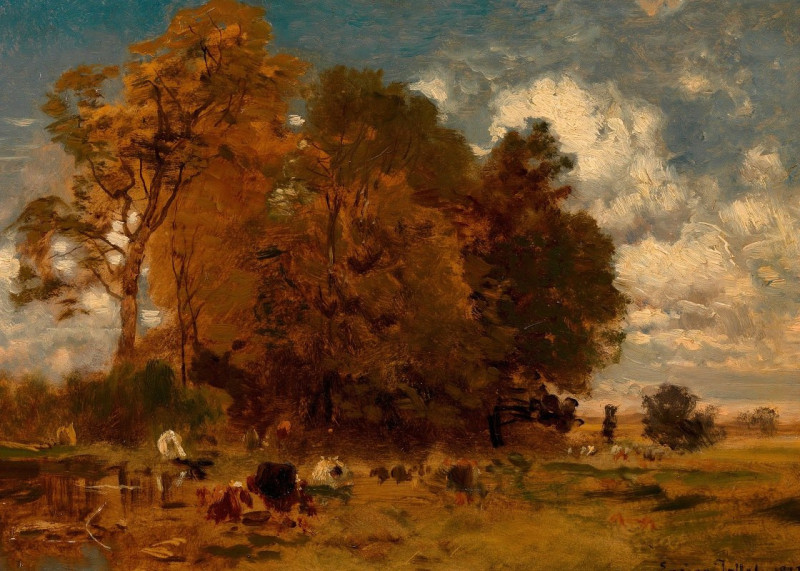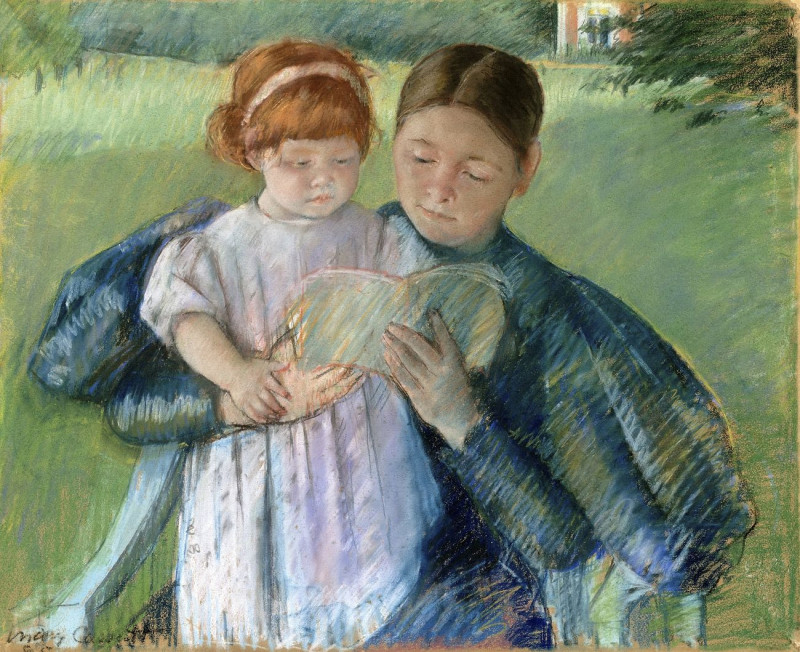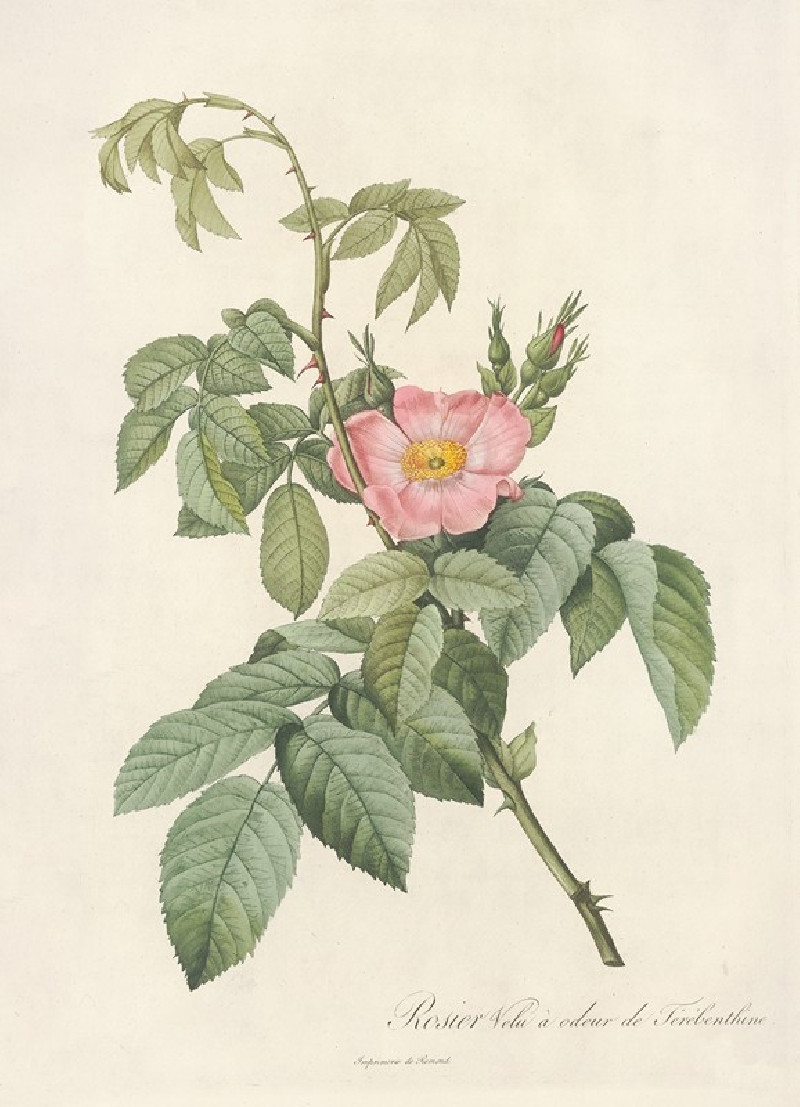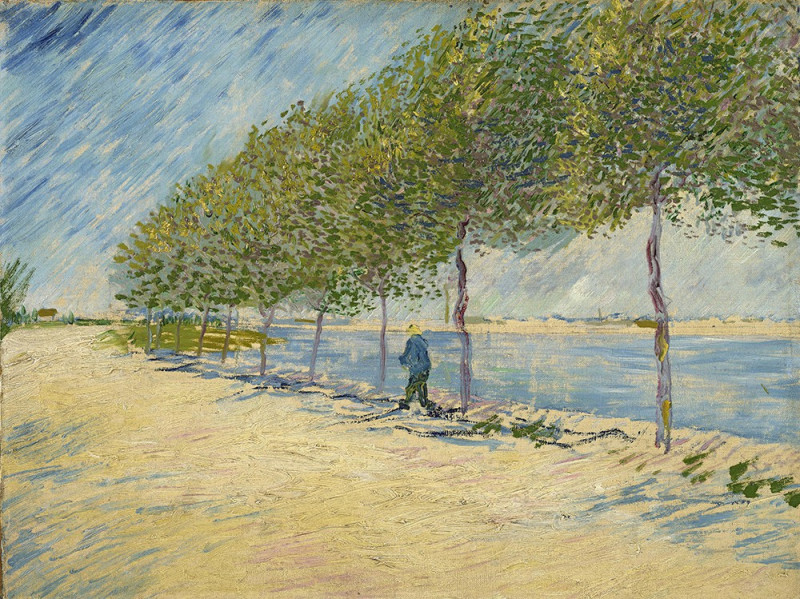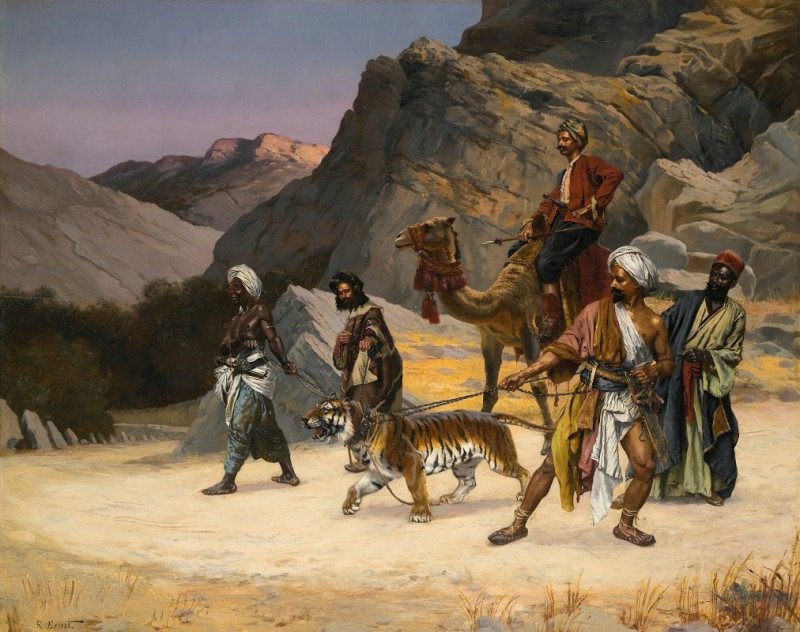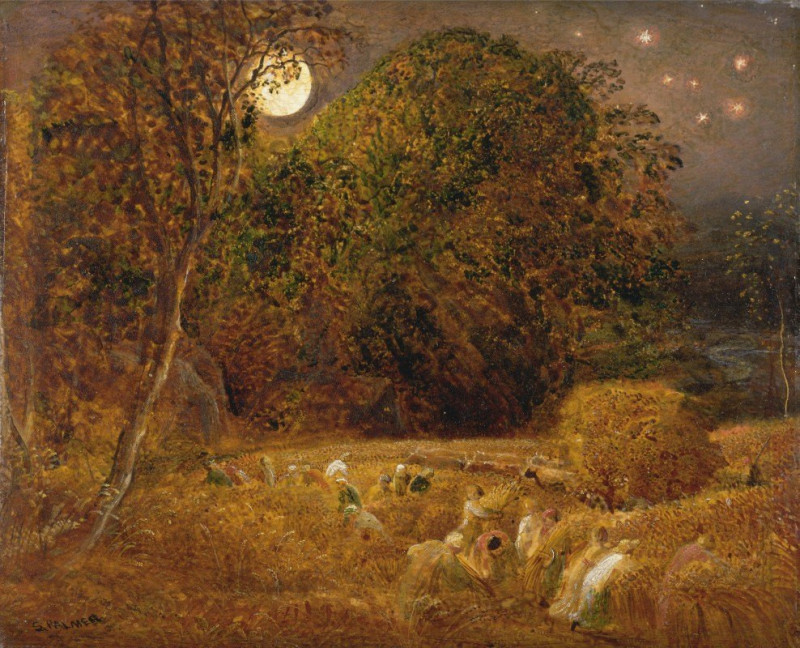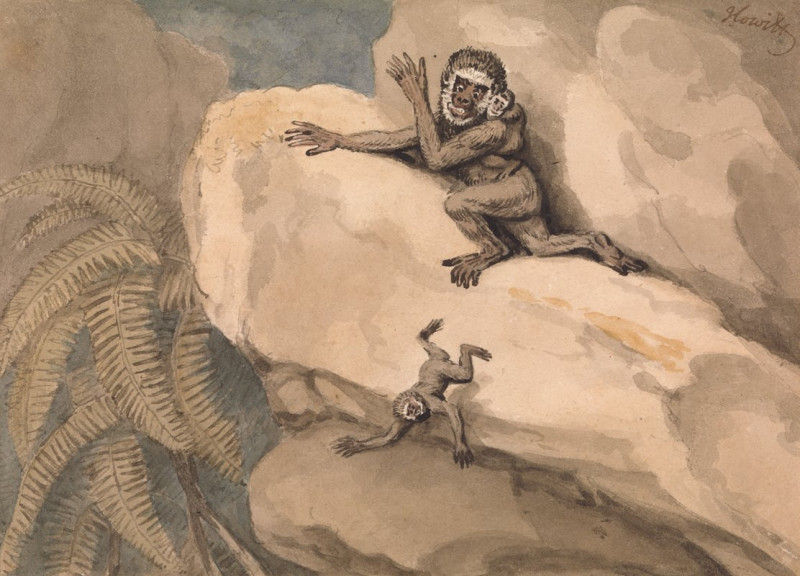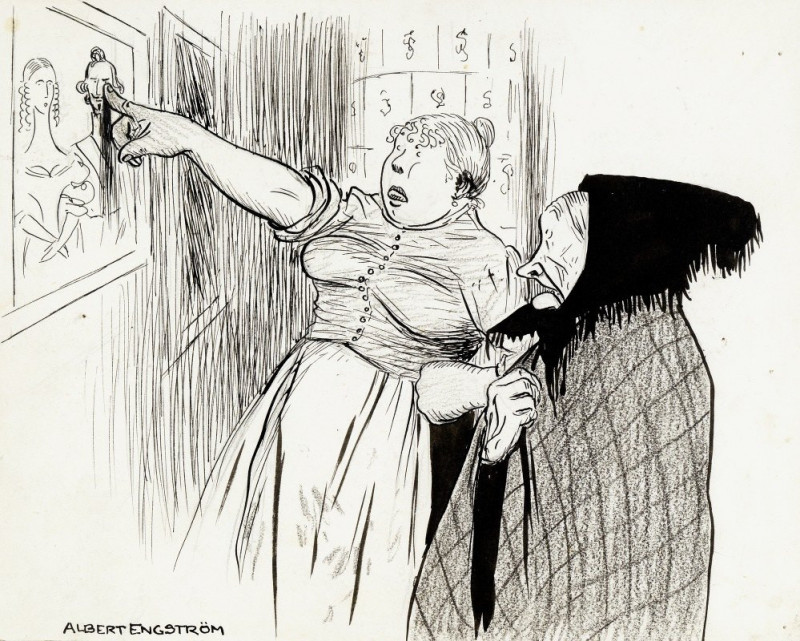Orpheus and the Animals (1617)
Technique: Giclée quality print
Recommended by our customers
More about this artwork
Dive into the serene and captivating world painted by Roelant Savery in his masterpiece "Orpheus and the Animals." This remarkable painting from 1617 showcases Savery's extraordinary talent for rendering a lush, detailed landscape teeming with life.In the foreground, the mythical figure Orpheus is depicted captivating a diverse assembly of animals with his enchanting music. As the legend goes, Orpheus's lyre could charm all creatures and even coax trees and rocks into movement. True to the myth, the scene is alive with an abundance of animals drawn to his melody. From majestic horses, a poised stag, and grazing cattle, to more exotic creatures such as a lion, an elephant, and several brightly colored birds, the variety of animals symbolizes the reach and impact of Orpheus's art across all living beings.The background extends the sense of depth and vastness, featuring towering trees and a gentle flowing stream under a broad sky. Birds flutter through the air, adding a dynamic element to the tranquil scene. The lush vegetation and nuanced sky further contribute to the painting’s sense of peace and harmony.Roelant Savery’s skillful blend of detailed animal figures and a richly textured landscape not only illustrates his mastery as an artist but also encapsulates the power of music and art to unify different forms of life. This painting, rich in detail and symbolism, invites viewers to pause and reflect on the beauty of nature and the arts’ role within it.
Delivery
Returns
Roelant Savery (or Roeland(t) Maertensz Saverij, or de Savery, or many variants) was a Flanders-born Dutch Golden Age painter.
Savery was born in Kortrijk. Like so many other artists, he belonged to an Anabaptist family that fled north from the Spanish-occupied Southern Netherlands when Roelant was about 4 years old and settled in Haarlem around 1585. He was taught painting by his older brother Jacob Savery (c. 1565 – 1603) and Hans Bol.

